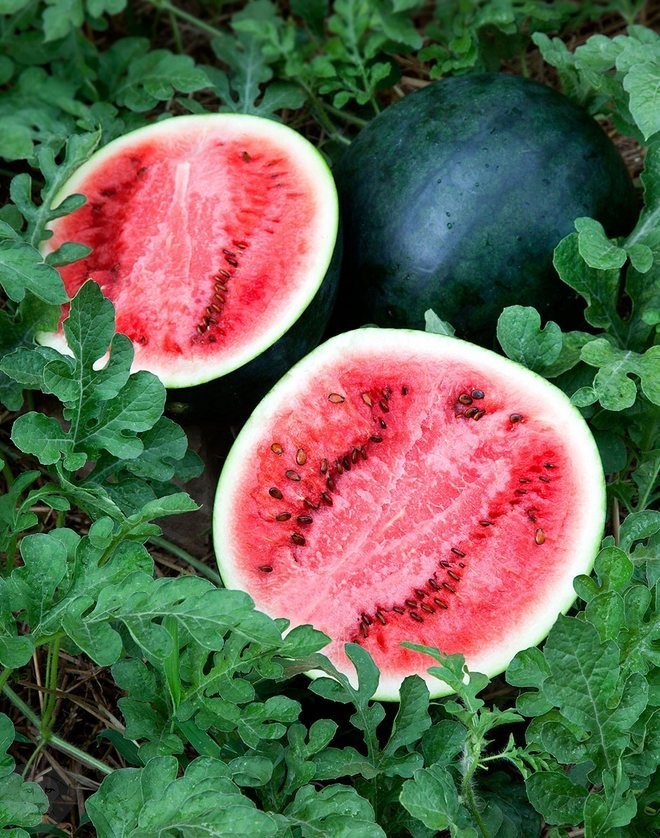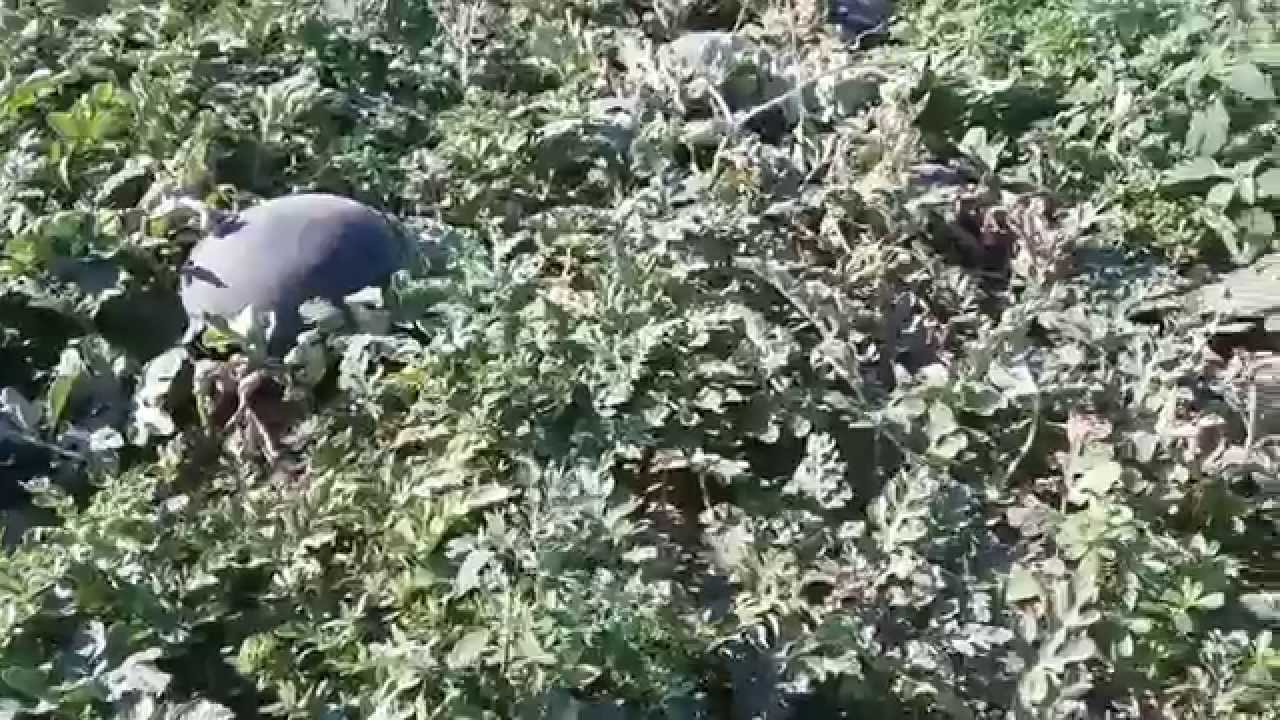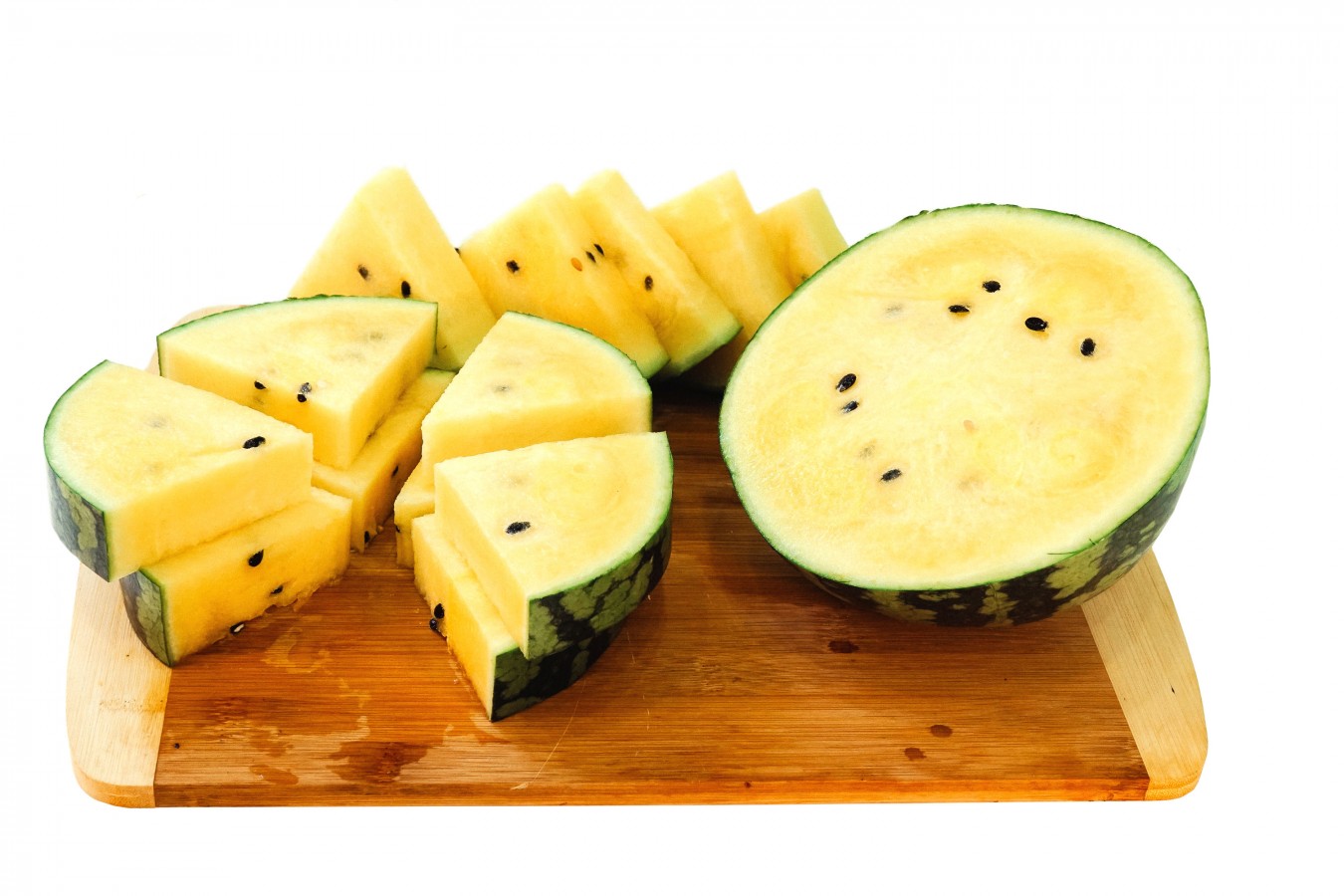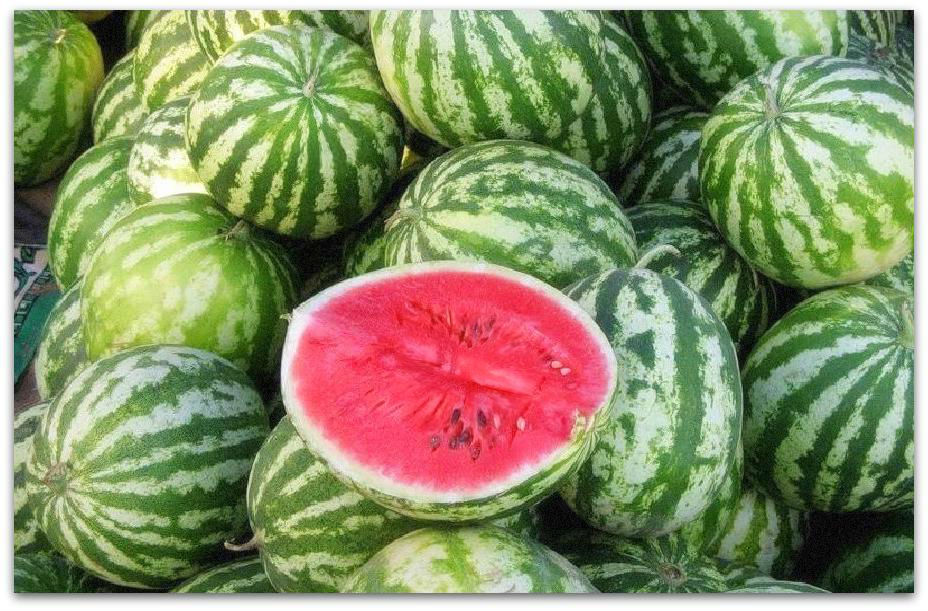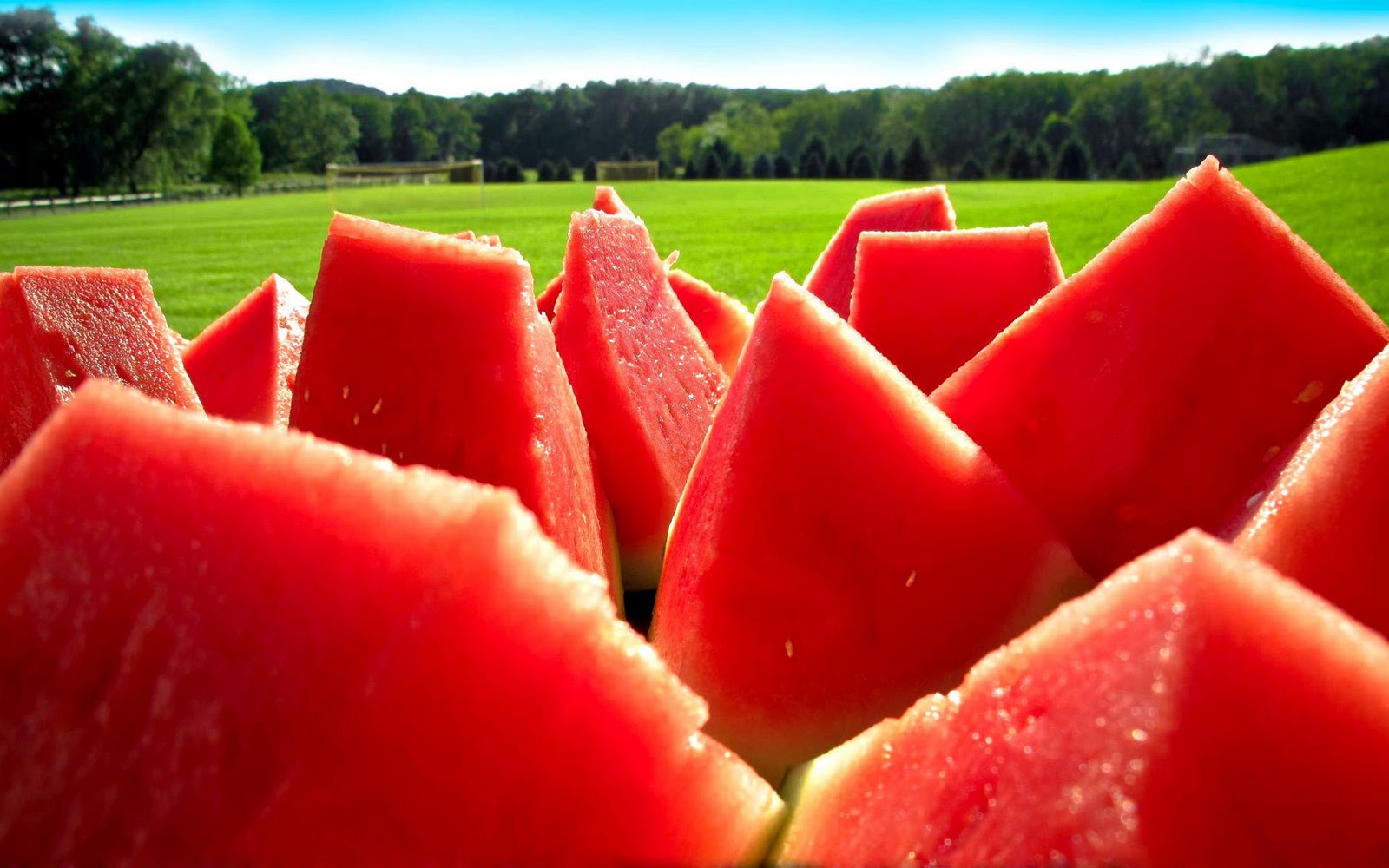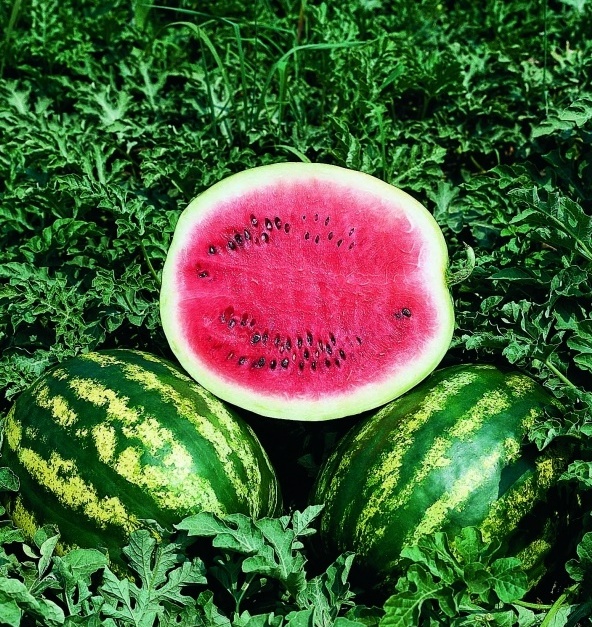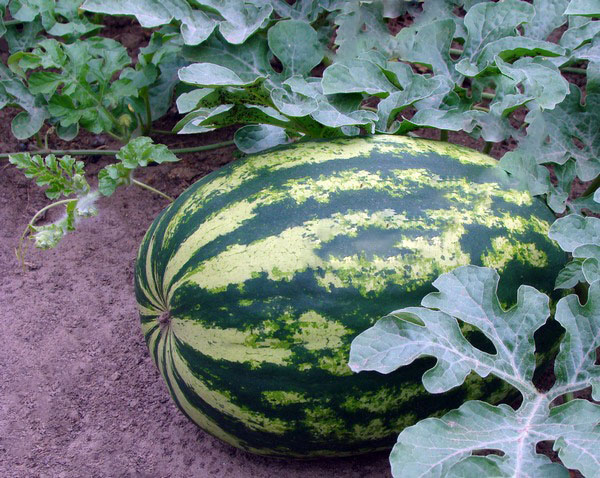Content:
The Suga Baby watermelon was bred by French breeders in the 50s of the last century. The superearly variety is grown in the Moscow region, Central Russia, in the Urals, in Siberia. Sugar means sugar, baby means baby, watermelon gets its nickname from the small size of the berries. The hybrid is planted in open and closed ground in summer cottages, in the garden and in the fields.
Description and characteristics of Suga Baby
The green stem has fine hairs that evaporate moisture. Green leaves with a gray tinge are cut twice into lobes and are on long petioles. The powerful root penetrates deep into the ground.
Watermelon flowers look like a yellow funnel. Female inflorescences are formed on the main lash, male flowers are formed in the axils of 13-14 leaves. They live only 7 hours, in a short time the bees must pollinate the flowers, otherwise the ovaries will not form. In cloudy weather, artificial pollination is used.
The growing season of the Suga Baby hybrid is 70 - 80 days. The plant is medium-growing. Sugar content of fruits is 10-12%.
Description of the fruit:
- polyspermous berry of a spherical shape;
- the weight of one copy is 2-4 kg;
- the skin is smooth, dark green in color;
- pulp - red, juicy, melting, granular;
- yield - one lash gives 7-12 kg of berries per sq. meter up to 10-15 kg of watermelons;
- the taste is very sweet, honeyed;
- the seeds are dark brown, there are many of them in the berry.
The Sugar Baby Benefits
The variety has no drawbacks, Suga Baby produces crops in any climatic conditions.
Hybrid advantages:
- sweet pulp with honey flavor;
- thin skin;
- early maturity;
- drought resistance;
- unpretentious care;
- tolerates long-term transportation well;
- resistant to disease;
- can be stored for a long time.
Growing watermelon Suga Baby
Cultivation of a hybrid in the Siberian region is possible with warm and sunny days. Better to grow Suga Baby through seedlings. The seedlings are transferred to the open soil after the soil warms up to 15 C. In the Moscow region, seedlings are planted in the beds at the end of May. In the Moscow region, seeds are sown on April 15-20.
Seed treatment
Seeds of well-known manufacturers have been pre-sowing treatment. They need to be soaked for germination. Place in wet gauze for 2-3 days, make sure that the fabric does not dry out. Sprouted seeds are transferred to the prepared soil mixture.
If the seeds are collected independently or bought in bulk on the market, the seed must be treated with a slightly pink solution of manganese. Leave the grains in it for 25 minutes, washed, soaked in heated water (50 degrees) for a day. After the procedure in warm soil, the seeds germinate faster.
Soil for seedlings
The potting mix should be warm. Soil options at home:
- Garden soil, humus, sand - 1: 2: 1;
- Sawdust, humus and sand (3: 2: 1).
- For 10 kg of substrate, 20 g of nitrogen fertilizer, 15 g of potassium supplement, 35 g of superphosphate will be needed.
The seeds are deepened by 2-3 cm in an individual container. Seedlings will appear in a week. A couple of days before transplanting to the garden, the seedlings are left outside for hardening for 3 hours. After 40-50 days, seedlings can be planted in the beds.
Site selection for Suga Baby
The plant loves light, warmth, water. Site requirements:
- good illumination of the beds;
- the site must be ventilated;
- can not be planted in a place where melons and gourds grew;
- the soil is chosen light, loose, permeable;
- in the fall, manure is scattered for digging - 6 kg per square;
- two days before planting the seedlings, place compost in the holes;
- the soil should not be acidic and saline, pH 6.3-7.
Planting in open soil
In the southern and eastern regions of the country, seeds can be sown in the garden in May, the air temperature should be at least 16 degrees. The dense shell does not allow all the seeds to rise, so it is imperative to soak them for a couple of days before planting. There should be 90 cm between the seedlings, in the greenhouse the planting pattern is 70 cm / 70 cm, you will need trellises and nets for the fruits.
2-3 seeds are placed in each hole, the hole is pre-watered, covered, slightly compacted. Before the seedlings take root, the beds are covered with foil, especially if these are northern regions and the nights are cold.
Care
Several rules for caring for a melon crop:
- Watering is carried out 2 times a week under the root; on dry days, the soil is moistened every 2 days. When ovaries form, the water supply is stopped.
- Monitor pollination of plants. If there are few bees, pollinate on their own. They pick the male flower and touch the female inflorescences with it. You need to do it several times until the ovaries are formed.
- Loosening and weeding between rows, collecting weeds.
- Leave 3-4 ovaries on the main stem, cut off the rest. You will have to remove the side stems at a distance of 50 cm from the root, so that the forces are directed to the ripening of the berries. Pinch the next stems after 3 leaves.
- Put planks under the watermelons, turn from time to time so that the Kid does not turn out to be one-sided.
Top dressing
The bushes are fed after planting seedlings after 15 days with nitrogen fertilizers - 8 g of ammonium nitrate for 4 liters of warm water.
The second time - during the formation of ovaries, apply mineral complex fertilizers with potassium, calcium and phosphorus. Potassium helps female flowers to develop, the plant develops immunity to disease. You can add diluted mullein (1:10), ash. Subsequent feeding is done every two weeks. During the growth of the fruit, nutritional supplements are stopped.
Eggshells enrich the soil with calcium, reduce the acidity of the soil. The shell of 5 eggs is ground into powder, 3 liters of hot water are poured. When the solution becomes cloudy, dilute it with water (1: 3) and water the bushes with it.
If all the rules for growing Suga Baby have been followed, the watermelon will respond to the care: in August it will be possible to harvest a plentiful and tasty melon crop.
